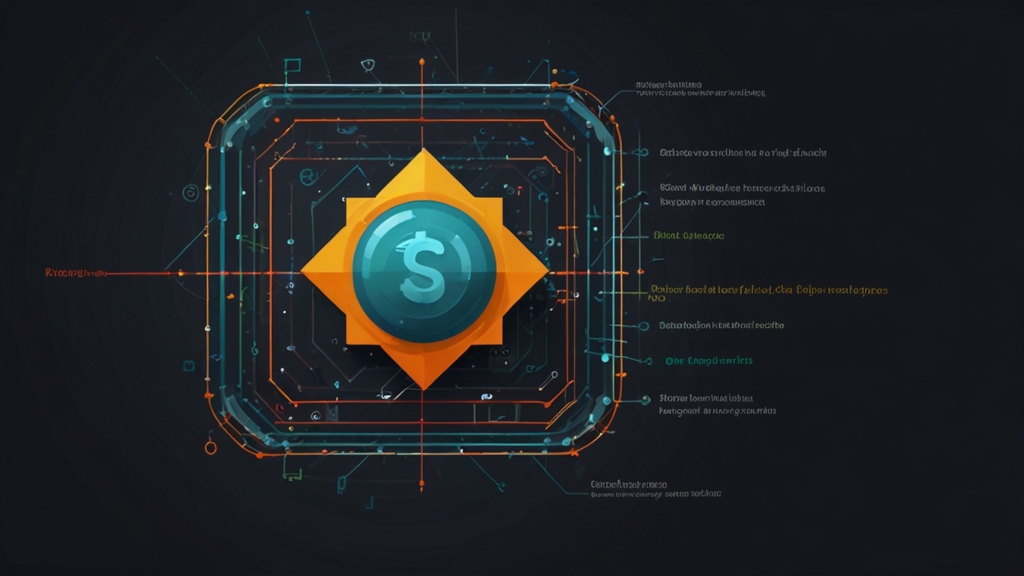The Race to Solve the Most Challenging Problems in Mathematics
The field of mathematics has always thrived on solving complex problems, from ancient Greek geometry to modern-day algebraic topology. Throughout history, some problems have stood out not only for their difficulty but also for their impact on the development of mathematical thought. These problems have not only challenged the brightest minds but have also driven countless innovations and discoveries. Today, mathematicians around the world are in a race against time, and often each other, to solve these enigmatic puzzles.
The Millennium Prize Problems
One of the most famous collections of unsolved problems is the Millennium Prize Problems, established by the Clay Mathematics Institute in 2000. This set comprises seven problems, each with a reward of $1 million for a correct solution. These problems are:
- P vs NP Problem
- Hodge Conjecture
- Poincaré Conjecture
- Riemann Hypothesis
- Yang–Mills Existence and Mass Gap
- Navier–Stokes Existence and Smoothness
- Birch and Swinnerton-Dyer Conjecture
To date, only the Poincaré Conjecture has been resolved. Russian mathematician Grigori Perelman provided a solution in 2003, but he declined the prize money. His work on the Poincaré Conjecture earned him international recognition, demonstrating the profound impact that solving such a problem can have on both the field of mathematics and the solver's legacy.
Why are These Problems So Difficult?
Each of the Millennium Prize Problems represents a frontier of mathematical research. The difficulty of these problems often lies in the abstract nature of the concepts involved or the lack of existing mathematical tools to tackle them. For example, the Navier-Stokes Existence and Smoothness issue involves understanding fluid dynamics at a fundamental level, requiring breakthroughs in mathematical physics.
Another particularly famous problem, the Riemann Hypothesis, dates back to 1859 and is central to number theory. It postulates a specific distribution of non-trivial zeros of the Riemann zeta function, having deep implications for the distribution of prime numbers. Despite extensive numerical evidence supporting the hypothesis, a formal proof remains elusive, enticing many mathematicians to attempt to unlock its secrets.
The Impact of Solving These Problems
Solving any of these monumental problems translates into significant advancements in mathematics and its applications. For example, proving the P vs NP Problem could revolutionize computer science by providing insights into the computational efficiency of problem-solving algorithms. This, in turn, could have practical consequences in fields ranging from cryptography to operations research.
"Mathematics is the music of reason." While solving these problems is extraordinarily challenging, the pursuit itself pushes the boundaries of human knowledge and understanding.
— James Joseph Sylvester
The collaborative nature of modern mathematics also means that no mathematician works in isolation. Researchers build on each other’s work, often across continents and through generations. This collective endeavor enriches the community and accelerates progress, embodying the spirit of mathematics as a universal language.
The Future of Mathematical Discoveries
The pursuit of solving these incredible problems continues to inspire both new and seasoned mathematicians. With the advent of advanced computational tools and increased collaboration via the internet, the landscape of mathematical research is evolving. These resources provide mathematicians with new methods and broader platforms to share ideas, experiment, and potentially find solutions.
While some of these problems may remain unsolved for years, the race itself is a significant driving force in the advancement of mathematics. Every attempt to solve these problems adds to a growing body of work, slowly but surely building a bridge to new understandings.
The allure of solving some of the most challenging problems in mathematics lies not just in the fame or financial reward but in the intellectual triumph and the legacy it imparts to the solver. As the global mathematical community continues to grapple with these problems, one thing remains certain: the quest will yield insights, advancements, and wonders we have yet to imagine.










